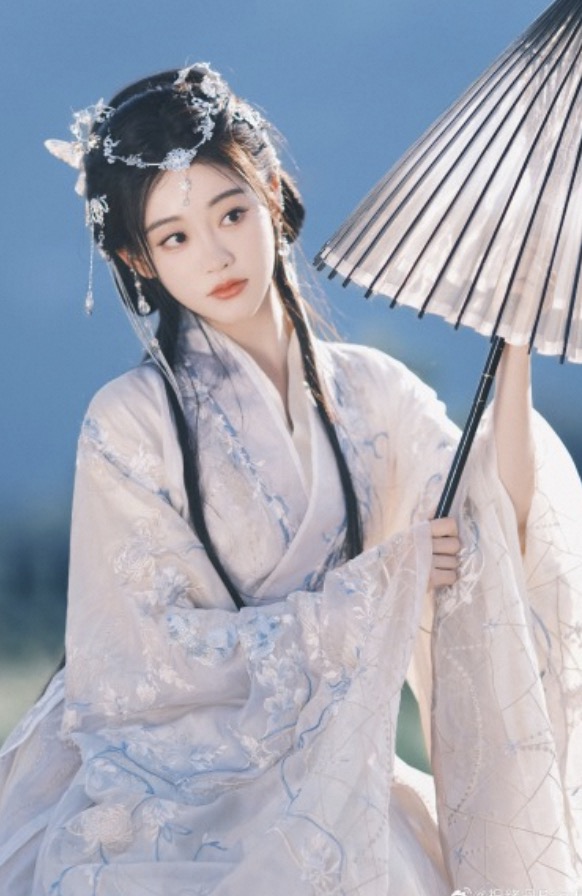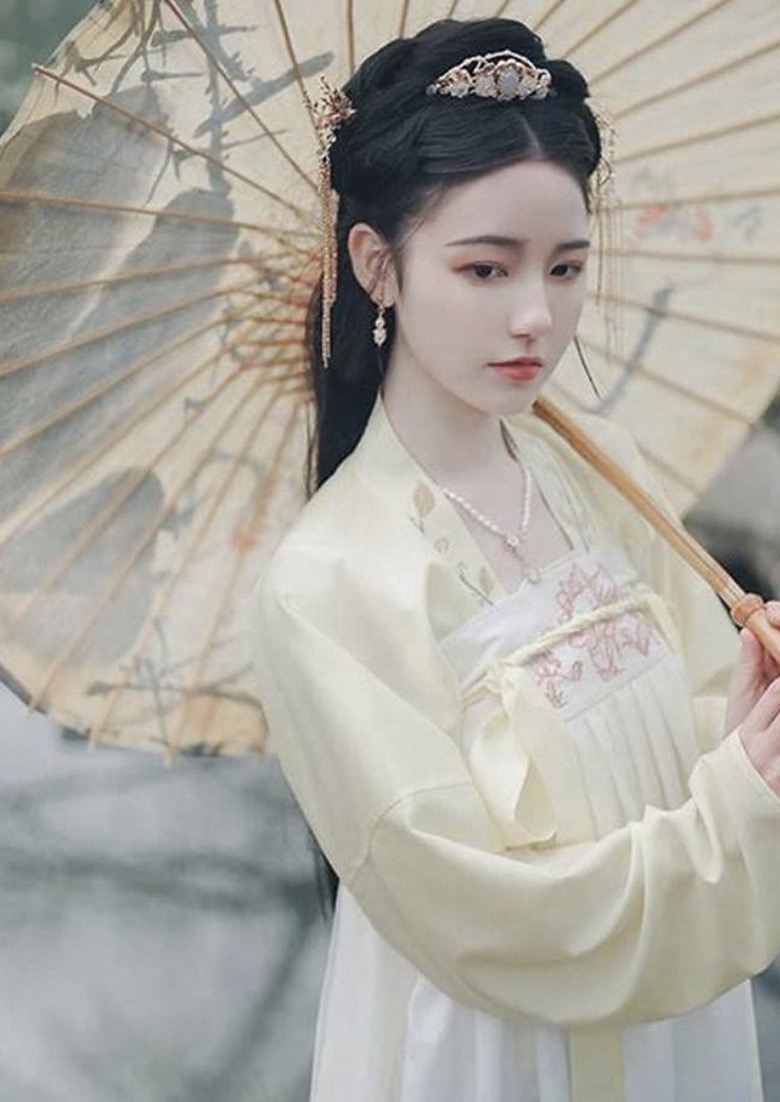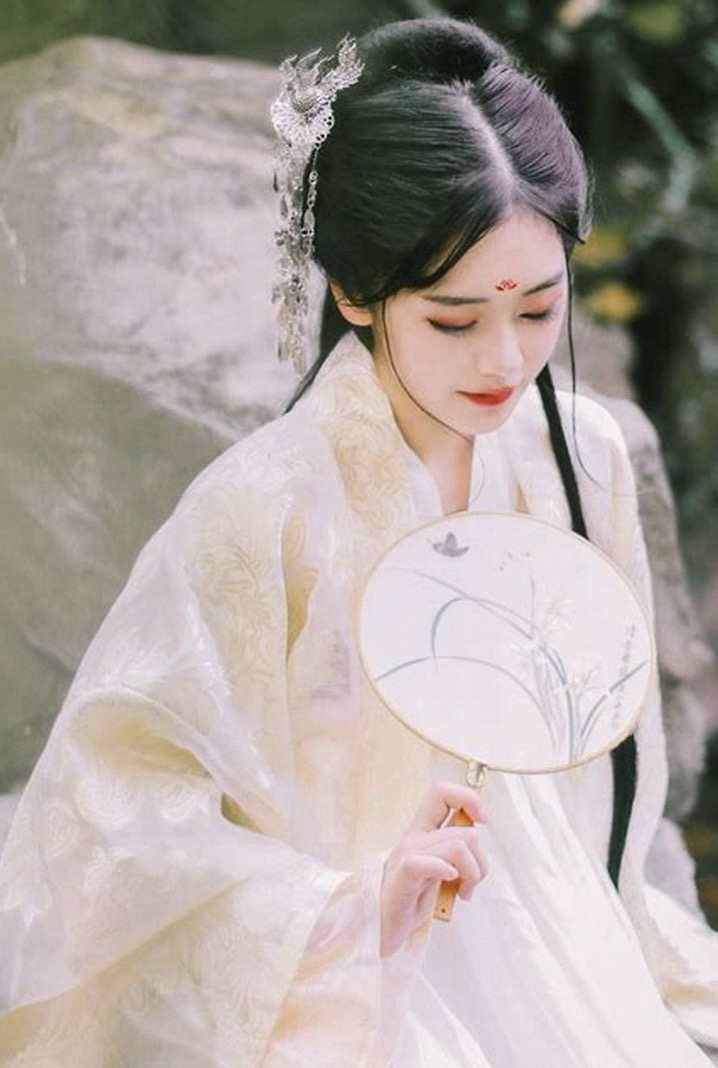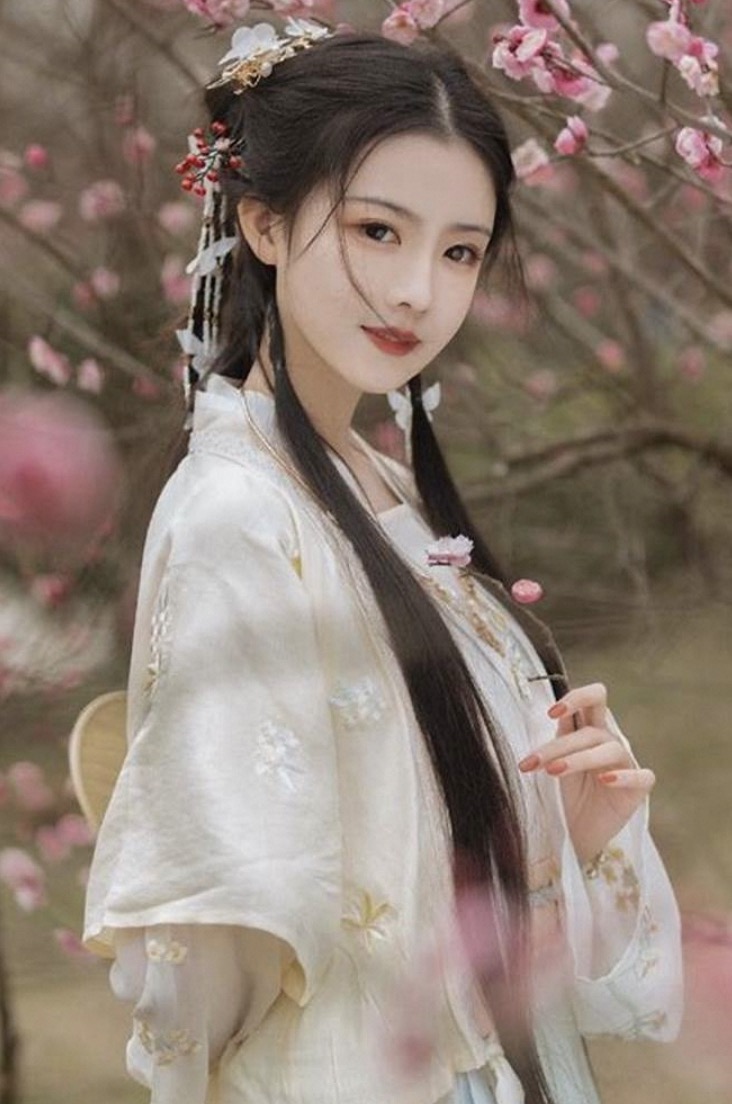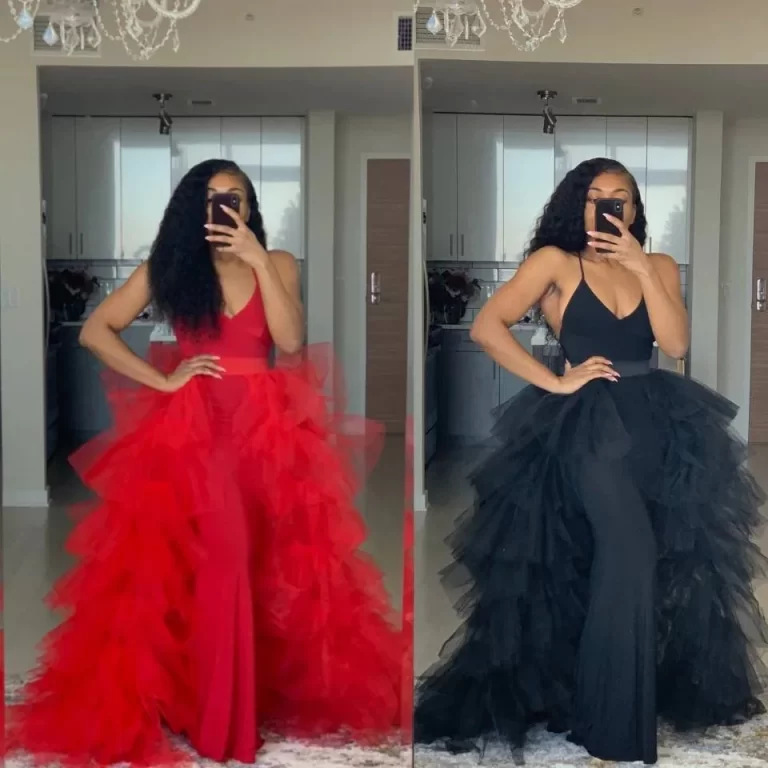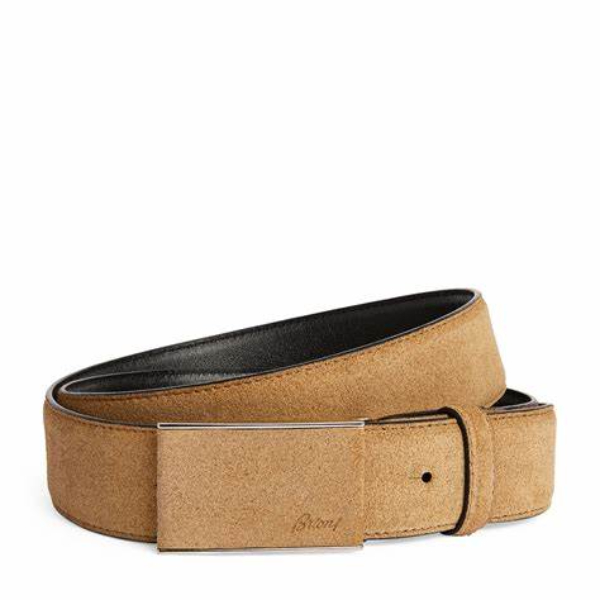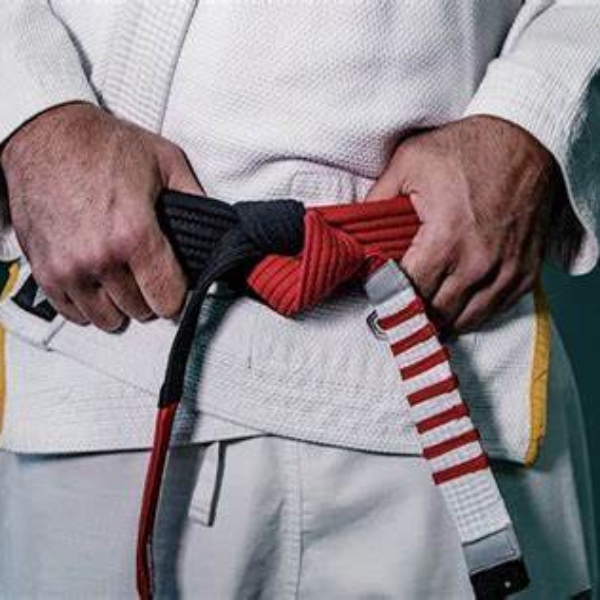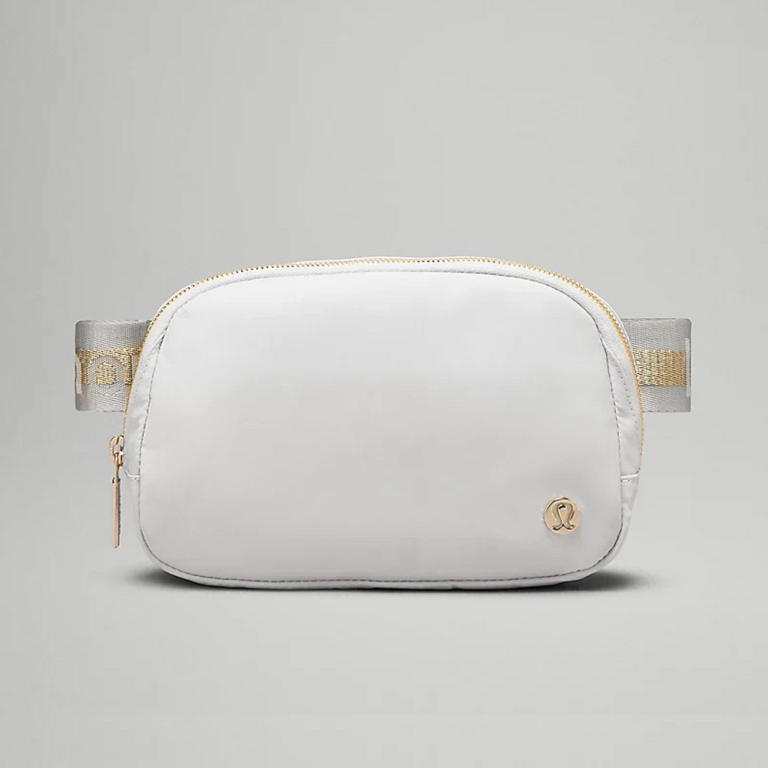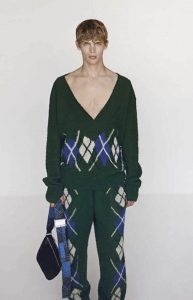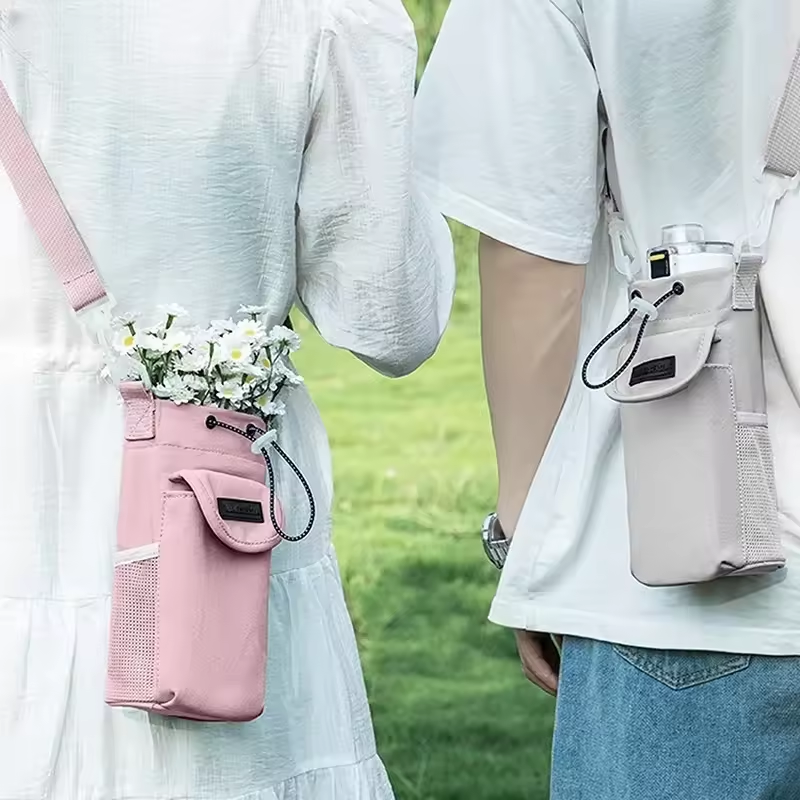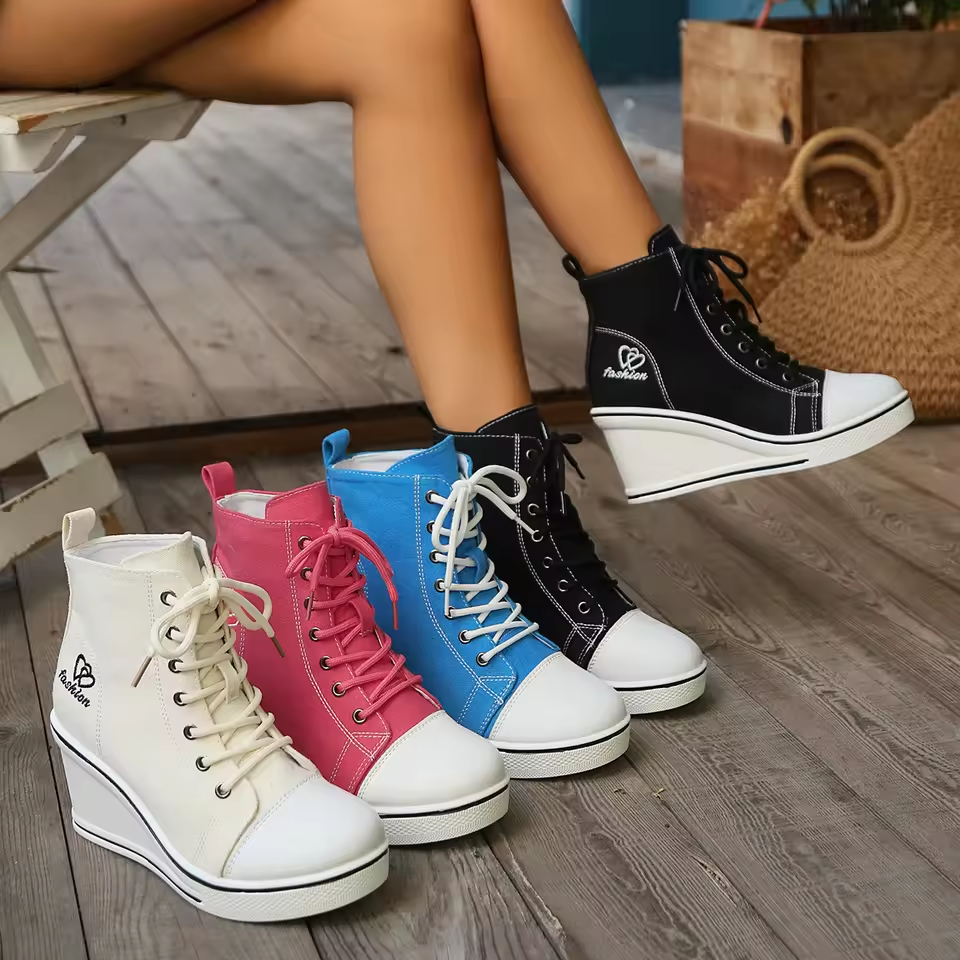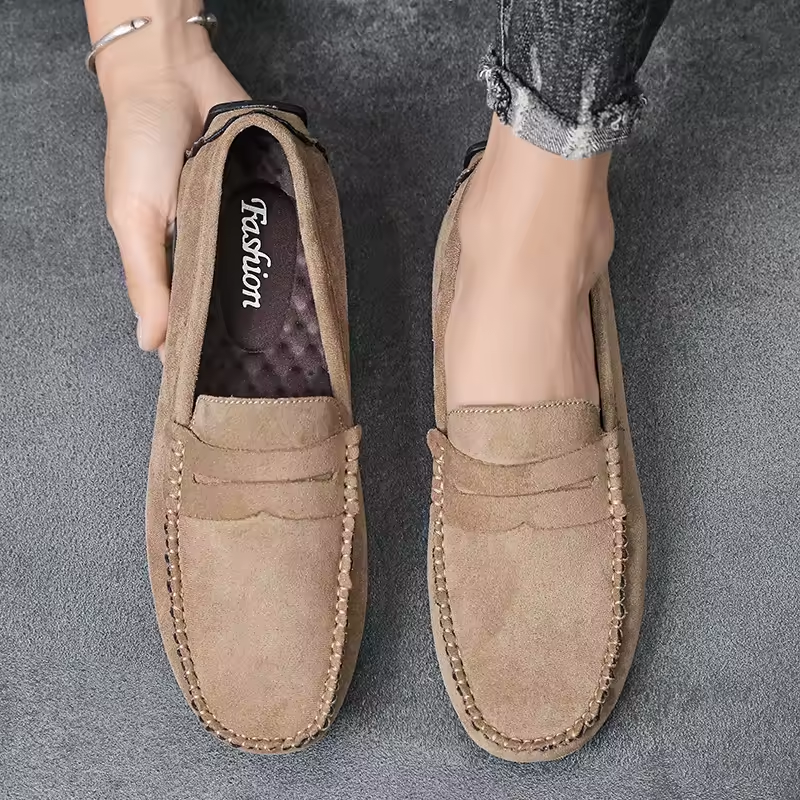When one thinks of traditional Chinese attire, images of flowing silk robes and intricate embroidery often come to mind. However, the story of the Chinese dress is one of dynamic evolution and cultural significance that stretches over millennia. This rich history not only paints a picture of the nation’s past but also influences the modern fabric of global fashion.
Chinese Dress: The Ancient Roots
Delving into the annals of history, the ancient Chinese dress gleams with symbolism and social hierarchy. The Hanfu, which literally means “Han clothing,” is perhaps the most quintessential garment from China’s sartorial legacy. It is characterized by its cross-collar, wide sleeves, and sash that holds everything in place. The Hanfu was more than just clothing; it played an integral role in the cultural identity of the Han Chinese people. The colors, patterns, and even the way one wore the Hanfu could signify one’s status and moral conduct.
Another traditional Chinese dress, the Cheongsam, or Qipao, originally a loose-fitting dress style, became tailored to the body’s contours in the 1920s, symbolizing the advent of female emancipation and modernity. It stood out for its high-neck, snug waist, and distinctive slits varying in length on the side. The Cheongsam evolved with the times, but always remained sophisticated and respectful of its heritage.
The Cultural Revolution and Chinese Dress
The Cultural Revolution brought about drastic changes to the ethos of Chinese society, and this extended to clothing. Mao suits became ubiquitous. This unisex garment, known as the Zhongshan suit, was a symbol of proletarian unity and was a stark departure from the diversity and vibrancy of traditional Chinese dress. It was a simple, practical, and functional piece that sought to erase class distinctions.
Chinese Dress in Contemporary Fashion
However, tradition never fades away, and a resurgence has been noted in recent years to revive these iconic styles. Today, the Chinese dress is not just a relic of the past but also a statement piece in modern wardrobes worldwide. Fashion designers both within China and internationally draw inspiration from historic trends, blending them with contemporary lines to create pieces that are fresh yet steeped in history.
The modern Cheongsam, for example, has been transformed to suit everyday wear as well as high fashion runways. It can be seen crafted in a myriad of fabrics, from traditional silks to modern-day synthetics, and is embraced in formal and casual settings alike.
Chinese Dress: An Emblem of Cultural Elegance
The Chinese dress, often referred to as the Qipao or Cheongsam, is renowned for its sophistication and unique charm, symbolizing a longstanding cultural legacy. This traditional garment, characterized by its mandarin collar and form-fitting silhouette, accentuates the wearer’s grace, while its vivid patterns reflect the rich tapestry of Chinese heritage. It is a masterpiece of fashion that melds historical significance with contemporary style, serving as a statement piece at formal events or as a sophisticated choice for an elegant dinner.
Crafted from luxurious fabrics like silk and brocade, the Chinese dress presents an array of designs from intricate floral motifs to dragon and phoenix embroidery, each telling its own story. Wearing a Chinese dress is more than just a fashion choice; it’s an engagement with history, an embodiment of an ancient culture still vibrant today.
Integrating the Chinese Dress into Modern Looks
While traditional in essence, the Chinese dress is astonishingly versatile and can be incorporated into modern fashion ensembles. A sleek Qipao, paired with a pair of high heels and minimalistic jewelry, can provide an air of modernity while retaining its cultural roots. For those who appreciate current fashion trends, burberry spring 24 womenswear collection offers pieces that can complement the Chinese dress, such as a tailored blazer or trench coat, creating a look that is both contemporary and respectful of tradition.
The beauty of Chinese dress is its ability to make a seamless transition from day to night wear. Just switch from flats to heels or add a statement clutch, and the outfit takes on a new life, ready for an evening of refined elegance.
Chinese Dresses: A Choice for Special Occasions
Special occasions often call for attire that feels festive and unique. The Chinese dress fits the bill perfectly, offering an impeccable choice for events where dressing up is de rigueur. For women seeking sexy party dresses for women for a gala or a night out, the Chinese dress provides an alternative that is both alluring and exquisite. Its snug fit and high slit are not only emblematic of traditional Chinese attire but also elements that are often sought after in party wear.
Equally important, the Chinese dress can be adapted to accommodate various body types, ensuring that every woman can feel confident and radiant on her special night. Its timeless appeal and inherent elegance make it an ideal contender for occasions that demand a touch of grandeur.
Chinese Dresses for the Younger Generation
The younger generation, too, can enjoy the beauty of the Chinese dress. Movements to appreciate and revitalize traditional attire have inspired many young women to don this piece of their heritage. For instance, a Girls Cute Bunny Costume for a dress-up day at school could be paired with a Chinese-style bolero, introducing kids to culture in a fun and fashionable way.
The Chinese dress is also an opportunity for cultural education. It’s a garment that tells stories, and when younger wearers understand the meaning behind the motifs and design, it enriches their experience. By bridging the past with the present, the Chinese dress can become a garment of both play and learning, stimulating a dialogue about familial roots and history while allowing for creative expression.
In summary, the Chinese dress offers a rich palette of possibilities for anyone interested in fashion. Whether paired with modern pieces from designers like Burberry, used as a unique spin on sexy party dresses for women, or as a cultural introduction through children’s costumes, it remains an article of clothing that transcends time, celebrates history, and embraces the future of fashion. With the Chinese dress, wearers connect with a tapestry of tales woven by ancestors, yet stand proudly in the world of modern style.
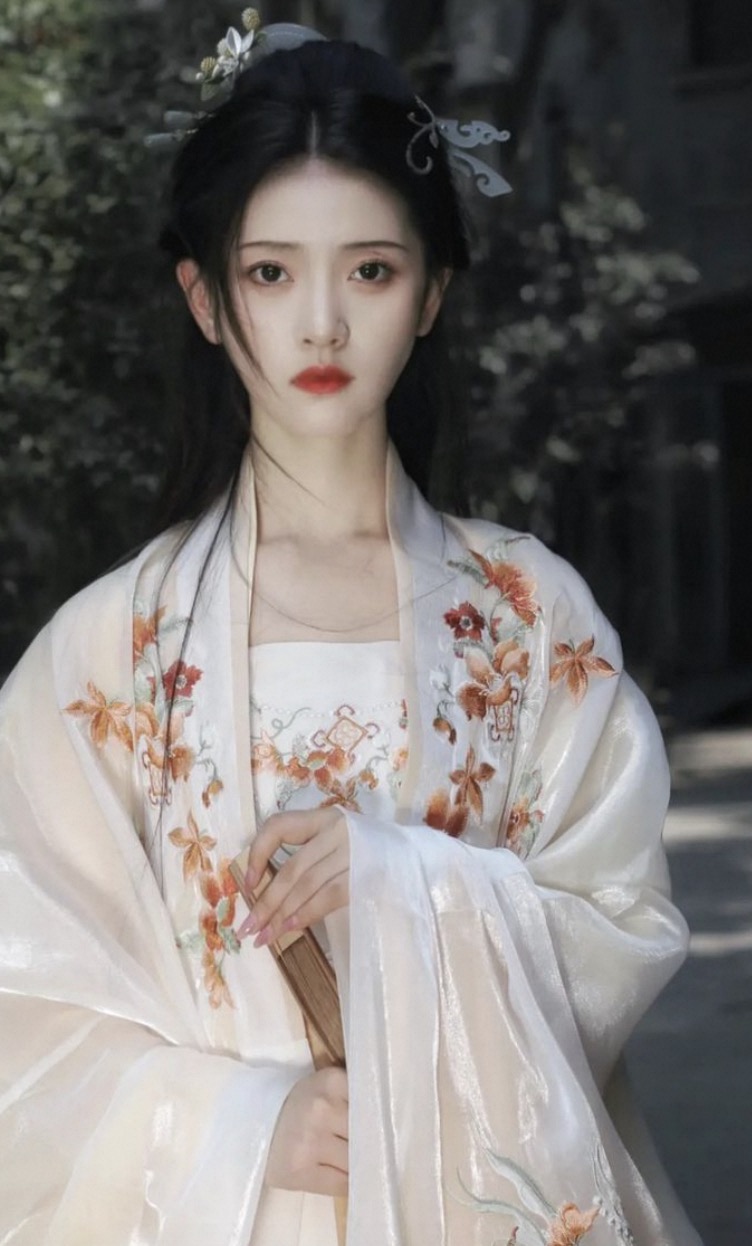
Chinese Dresses: Global Influence and Future Pathways
The influence of the Chinese dresses has transcended borders, often seen as motifs or cuts in global fashion houses’ collections. The symbolism and motifs of Chinese culture, such as dragons, phoenixes, and lotus flowers, have become coveted elements that add a mystical element to any piece of clothing. These symbols not only represent the deep roots of Chinese tradition but also cater to a growing interest in ancestral and cultural storytelling through fashion.
Looking ahead, the trajectory of the Chinese dresses indicates a continual blend of old and new. Techniques like 3D printing and modern textiles are being used to recreate ancient patterns, ensuring the endurance of the Chinese dress’s essence while keeping pace with the ever-evolving world of fashion.
As the Chinese dress continues to inspire and captivate, one thing remains certain: it is a timeless emblem that seamlessly marries the storied past with the vibrant present. It is a vivid representation of China’s rich heritage and its innovative future, encapsulating the spirit of a culture that has thrived through harmony of tradition and progress.
